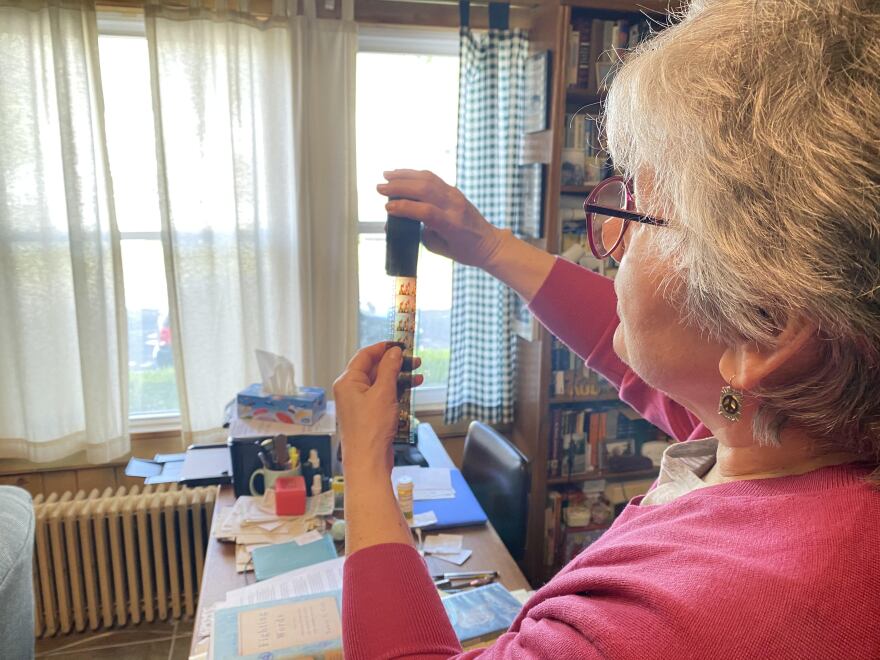Filmmaker Todd Haynes has provided art-oriented viewers with mesmerizing, one-of-a-kind movies since 1987. That year, his controversial short film Superstar: The Karen Carpenter Story which uses Barbie dolls to tell the story of Carpenter’s struggle with anorexia, showed at film festivals. It’s a cult classic and difficult to see.
Since then, Haynes has made prize-winning shorts and feature films. They include Poison, Safe, Velvet Goldmine, Carol, and his personally-tailored remake of Douglas Sirk’s romantic melodrama Far from Heaven. Decades ago, Haynes was tagged a stylist of note and prime mover in the New Queer Cinema movement.
Of his films, Carol from 2015 is a personal favorite. The film was nominated for six Oscars. It’s an intense, steamy gem, a lesbian love story taking place in 1950s New York at Christmastime… a romance between a wealthy older woman confined in a failed marriage and a much younger shop girl. Based on a story by Patricia Highsmith, the film is beautifully directed by Haynes and well-acted by Cate Blanchett and Rooney Mara.
Now Netflix has made available Haynes’ most recent feature, May December. This film, as so many others of his productions, fits into the category of transgressive cinema – a type of movie that presents situations that may be over-the-top for many potential audience members. This type of cinema introduces plotlines that make viewers reassess the tenets of society.
May December will remind some of the real-life scandal of Mary Kay Letourneau, a sixth grade teacher who raped her adolescent student; however, screenwriter Samy Burch has said the film only uses that story as “a jumping-off point.” In May December, Elizabeth, a television actress played by Natalie Portman, visits the home of Gracie Atherton Yoo (Julianne Moore in her fifth film with Haynes) and her husband Joe Yoo (Charles Melton). Twenty years before, Gracie, then in her mid-thirties, had sex with thirteen-year-old Joe. She became pregnant and gave birth while in prison for her misdeed. Elizabeth is set to play Gracie on TV so she arrives to complete a few days of interviews with Graacie, Joe, and community friends and kin, to help her develop her character.
Now the “baby” is in college. There are younger siblings. Gracie, now in her fifties, and Joe, in his early thirties, have been married twenty years. There is no need to offer less significant story details which fill this two-hour-long film; this is not a suspenseful nor plot-driven movie. It is an artful mood piece, a psychodrama that emphasizes the inner thoughts of the three lead characters. Adding to the the atmosphere with its constant air of tension, is a musical reworking by Marcelo Zarvos of Michel LeGrand’s compositions from the 1971 feature The Go-Between.
At certain points, Gracie and Elizabeth face the camera and discuss their thoughts. It may be the camera is playing the part of a mirror. Throughout, the character of Gracie is a focal point. She seems friendly and decent, but beware. More than once, I smelled a nasty lady! Particularly revealing is a brief scene in which Gracie assists her younger daughter in choosing a dress for her high school graduation.
Toward the end, more of Joe’s reflections become apparent. All three main characters are fascinating, thanks to Burch’s well-thought-out script, based on a story by Burch with her husband Alex Mechanik. The American Film Institute and Sight and Sound named May December one of the Top Ten Movies of 2023.
Audrey Kupferberg is a film and video archivist and retired appraiser. She is lecturer emeritus and the former director of Film Studies at the University at Albany and co-authored several entertainment biographies with her late husband and creative partner, Rob Edelman.
The views expressed by commentators are solely those of the authors. They do not necessarily reflect the views of this station or its management.




